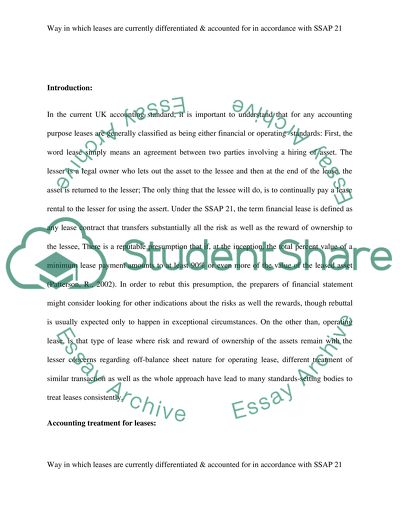Cite this document
(“Leases. Principles for Financial Reporting, ASB Essay”, n.d.)
Retrieved from https://studentshare.org/finance-accounting/1393229-leasing
Retrieved from https://studentshare.org/finance-accounting/1393229-leasing
(Leases. Principles for Financial Reporting, ASB Essay)
https://studentshare.org/finance-accounting/1393229-leasing.
https://studentshare.org/finance-accounting/1393229-leasing.
“Leases. Principles for Financial Reporting, ASB Essay”, n.d. https://studentshare.org/finance-accounting/1393229-leasing.


